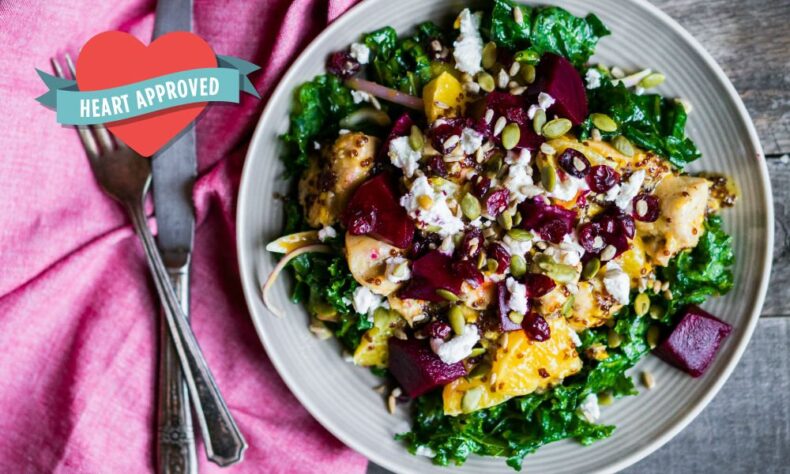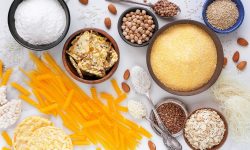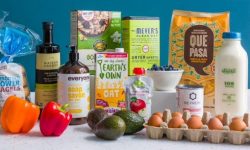Favourite Gluten-Free Items Available at Spud May National Celiac Awareness Month, but every day Spud…
Did you know that high blood cholesterol is one of the major controllable risk factors for coronary heart disease, heart attack, and stroke?
Yep, research says that when your blood cholesterol rises, so does your risk of coronary disease—so what can you do to maintain healthy levels?
What is blood cholesterol, and why do I need to know about it?
About 85% of your blood cholesterol is produced by your body, while the other 15% comes from your diet.
High levels of bad cholesterol (known as LDL) are dangerous as they can form plaque or fatty deposits on your artery walls, which can block blood flow to your heart and brain.
However, you can think of ‘good cholesterol guys’ (known as HDL) as a team of determined Canadian curlers, working vigorously through your arteries to scrub excess cholesterol off the walls of your arteries, and keep the blood moving throughout your body.
So if cholesterol levels are impacted by my diet, how does that work?
Dietary cholesterol that comes from meat, poultry, eggs, fish, seafood, and dairy products has less of an impact on blood cholesterol than foods with saturated and trans fat, and can contribute to healthy cholesterol levels.
However, foods that contain saturated and trans fat should be eaten sparingly, as they can truly can ‘clog your arteries’ if eaten in excess. Saturated fat can be found in fatty meats, full-fat milk products, butter, and lard, whereas trans fat lives in partially hydrogenated margarines, deep-fried foods, and many packaged crackers, cookies, and commercially baked products.
Okay so I want high HDL levels, and low LDL levels—what should I eat?
The Canadian Heart and Stroke Foundation makes these recommendations:
- Choosing a variety of whole and minimally processed food, and filling half of your plate with fruits or veggies at every meal.
- Cook and eat more meals at home, where you can reduce your intake of sugar, salt, and saturated or trans fat.
- Include Polyunsaturated Fat (Omega-3) in your recipes, which are found in fatty fish (salmon, trout, mackerel, sardines, and herring), vegetable oils (canola, soy, flaxseed), nuts (walnuts, ground flaxseeds, and chia seeds), and legumes (soybeans and tofu).
- Include Monounsaturated Fats and Polyunsaturated Fats (Omega-6) in moderation, which can be found in vegetable oils (olive, peanut, sunflower, and corn), nuts (almonds, pecans, hazelnuts, sunflowers seeds), and avocados.
- Achieve and maintain a healthy weight through conscientious eating choices, and regular physical activity—aim for 25 minutes per day!
- Stop smoking, and don’t start.
Sounds good, but I need a little more healthy cholesterol recipe inspo to sweeten the deal.
Breakfasts:
Baked Blueberry Banana Chia Seed Oatmeal
Peanut Butter and Banana Green Smoothie
Lunches:
Chicken Salad with Blueberries, Goat Cheese, and Greens
Wheatberry Broccoli Salad with Lemon Vinaigrette
Dinners:
Slow Cooker Quinoa, Sweet Potato, and Black Bean Chili
Roast Salmon with Caramelized Lemon Rounds
Beef Stir Fry with Low Sodium Soy Sauce
With heart disease being the second leading killer in Canada, staying informed on the major controllable risk factors, like cholesterol, should be a priority. It’s easy to get overwhelmed by scary heart disease stats, but it’s simple to make changes—and you can start with what’s on your plate!
How do you stay heart healthy?




